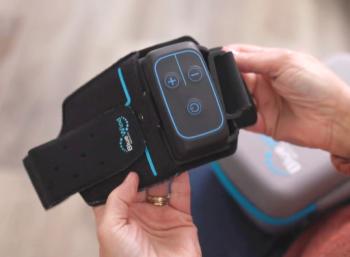
Artificial intelligence could create smarter EHRs
AI will be an increasingly important player in healthcare IT, with better medical care being an expected benefit.
Intermountain Healthcare has approximately 150 protocols built into its electronic health record (EHR) system, alerting clinicians when the patient information they enter indicates certain conditions and then guiding them through further examinations and potential treatments.
A 12-member team of doctors, nurses and analytics experts takes upwards of a year to analyze data and build each protocol, said Marc Probst, the chief information officer at the not-for-profit health system based in Salt Lake City.
Recently, though, Intermountain teamed with a company that uses artificial intelligence (AI) to do the same work. But AI works faster and more thoroughly, taking just 10 days to develop a protocol that included additional data points not previously identified, Probst said.
“The power in that is amazing. We’re going to be in the thousands of protocols soon,” Probst said, adding that Intermountain is now piloting AI use in building protocols. “Once those protocols are understood, we code it right into the [EHR].”
EHRs have transformed from digital versions of paper charts to an interactive tool that physicians use to provide better, more targeted care. Clinical decision support, for example, demonstrates this capability. But AI along with cognitive computing and machine learning (where computers mimic human thought processes and have the ability to learn) could make EHRs even more critical to the practice of medicine.
“In many ways, this is just a natural evolution of an ecosystem,” said Anil Jain, MD, FACP, vice president and chief health informatics officer with IBM Watson Health, a staff physician in internal medicine at Cleveland Clinic, and a long-standing member and contributor with the nonprofit American Medical Informatics Association (AMIA), which promotes the development and application of biomedical and health informatics in patient care.
‘Smart’ technology
AI’s contribution stems from its ability to understand, Jain explained. Moreover, AI understands context and how to put disparate pieces of data together in the right way. For example, AI systems know that when a neurologist writes “CP” it likely means cerebral palsy while a cardiologist uses it to mean chest pain.
“It’s a system that understands what has been written. It understands journals and textbooks and can take all that knowledge and start to answer questions that might be asked of it, it tests various hypotheses and it adapts to the way [a doctor] practices,” he added.
Many physicians already use systems built with AI functionality, Jain said. Physicians using predictive models to manage patients are relying on AI, with multiple mathematical algorithms working in the background to determine the best paths forward.
However, Jain said most EHR systems don’t have AI embedded into them. Rather, AI will be developed and deployed as an add-on function integrated with EHRs. Startups, innovative healthcare systems and established technology companies will all likely play a role in creating AI technology that works for physicians.
“As [EHR] vendors look to expend capabilities, AI is something that is becoming real. The systems are getting smarter,” Probst said. “It’s going to bring a lot of interesting knowledge to the hands of those who provide care, and that’s going to start to leverage the primary care physicians even further.”
Newsletter
Stay informed and empowered with Medical Economics enewsletter, delivering expert insights, financial strategies, practice management tips and technology trends — tailored for today’s physicians.














